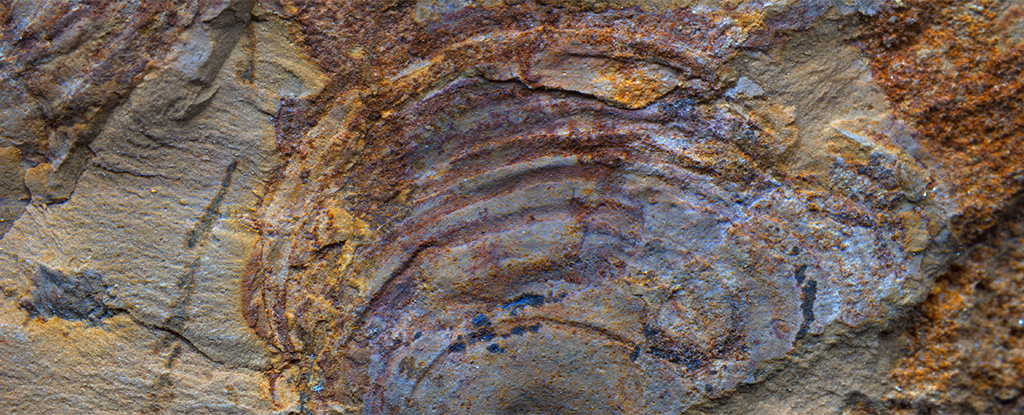Ancient news stories
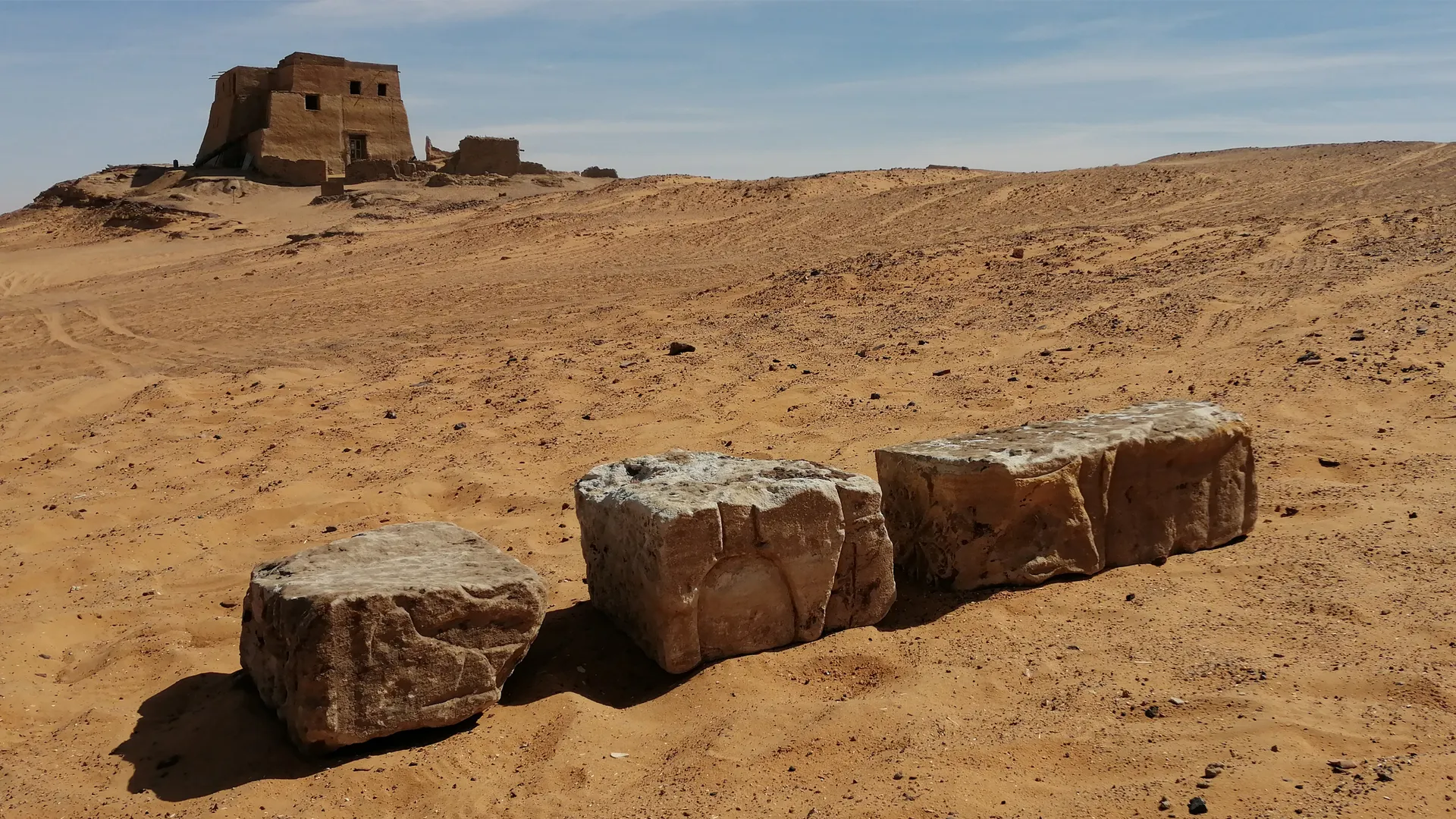
Archaeologists have uncovered the remains of a temple dating back around 2,700 years, to a time when a kingdom called Kush ruled over a vast area, including what is now Sudan, Egypt and parts of the Middle East.
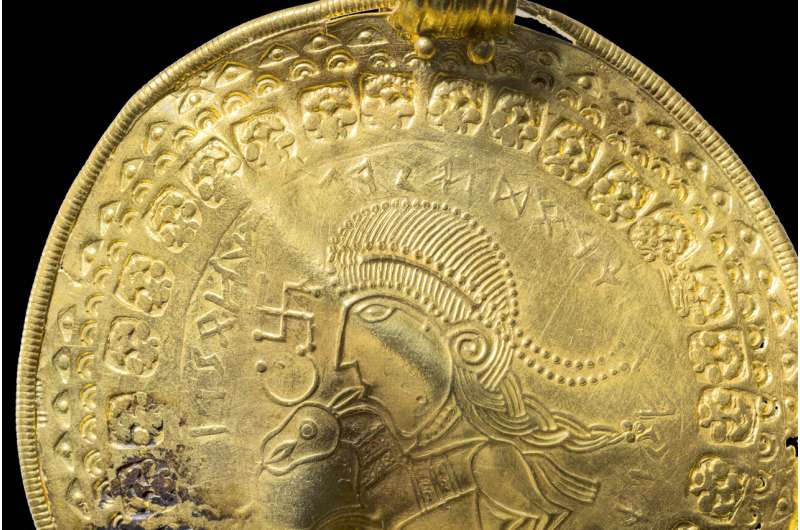
Scandinavian scientists said Wednesday that they have identified the oldest-known inscription referencing the Norse god Odin on part of a gold disc unearthed in western Denmark in 2020.
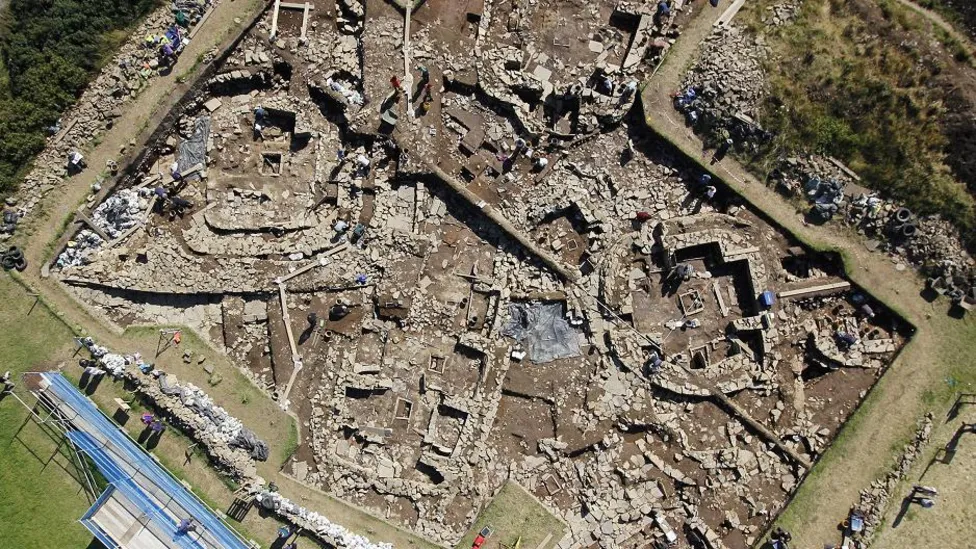
An archaeology project is to make its final excavation of a 5,000-year-old Neolithic site in Orkney next year.
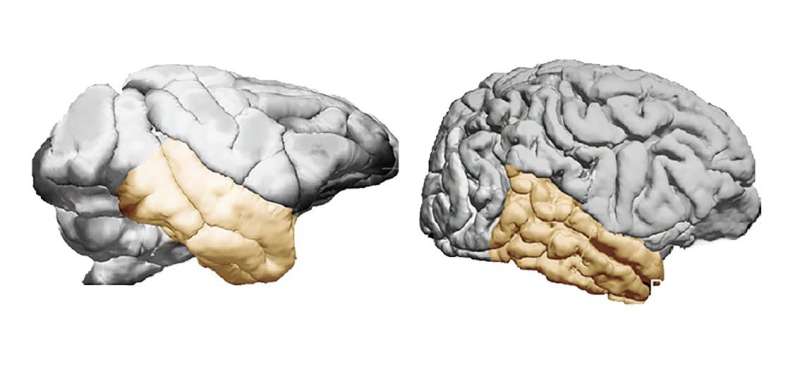
It had been thought to date that the species Homo sapiens has disproportionately large temporal lobes compared to other anthropoid primates, the group including anthropomorphic monkeys and apes. A new study, one of whose authors is Emiliano Bruner, a paleoneurologist at the Centro Nacional de Investigación sobre la Evolución Humana (CENIEH), contradicts that hypothesis.

For the first time, astronomers have caught a glimpse of shock waves rippling along strands of the cosmic web — the enormous tangle of galaxies, gas and dark matter that fills the observable universe.
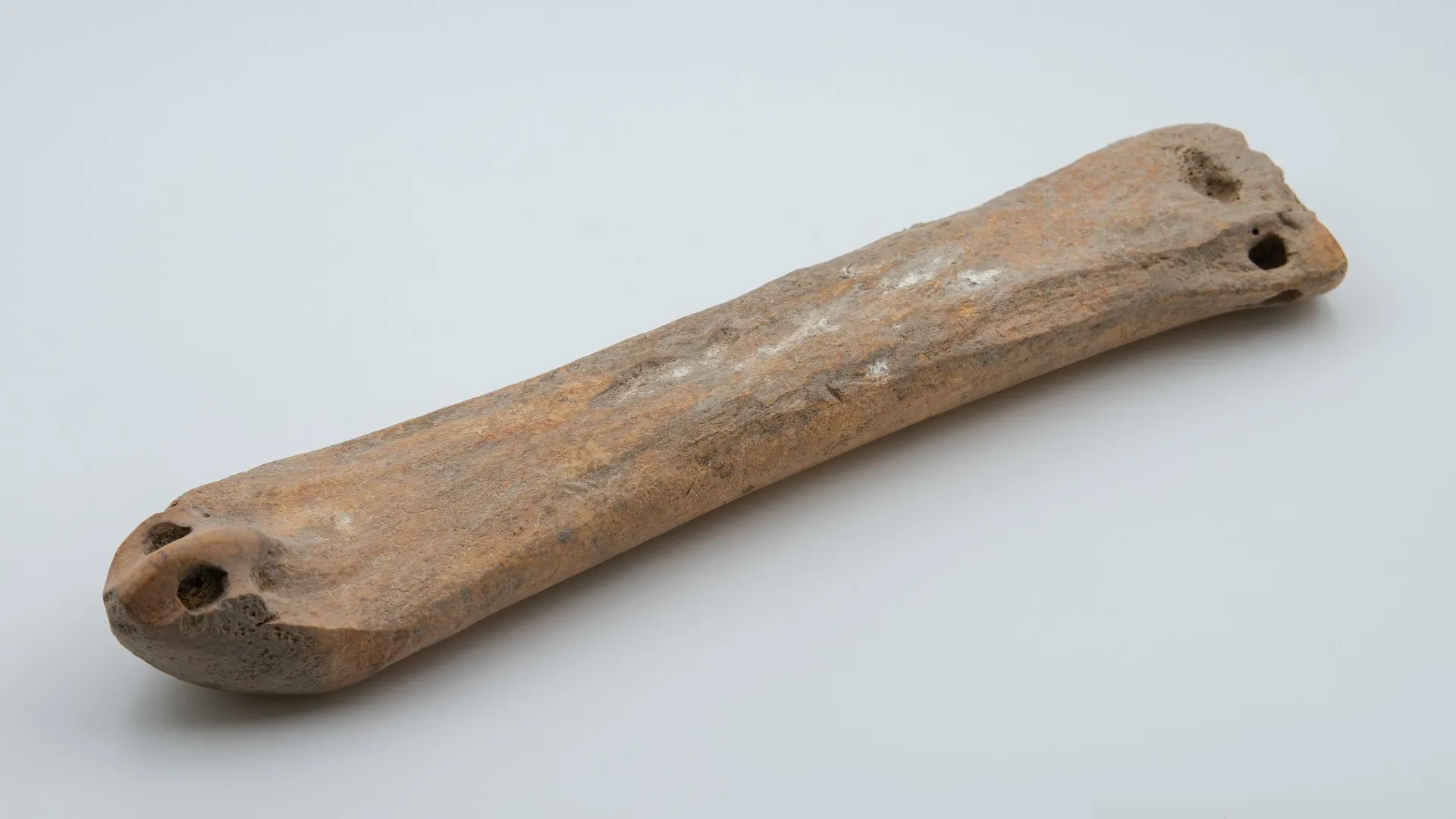
Ice skates made of bone have been unearthed from a Bronze Age tomb in western China, suggesting an ancient technological exchange between the east and west of Eurasia.
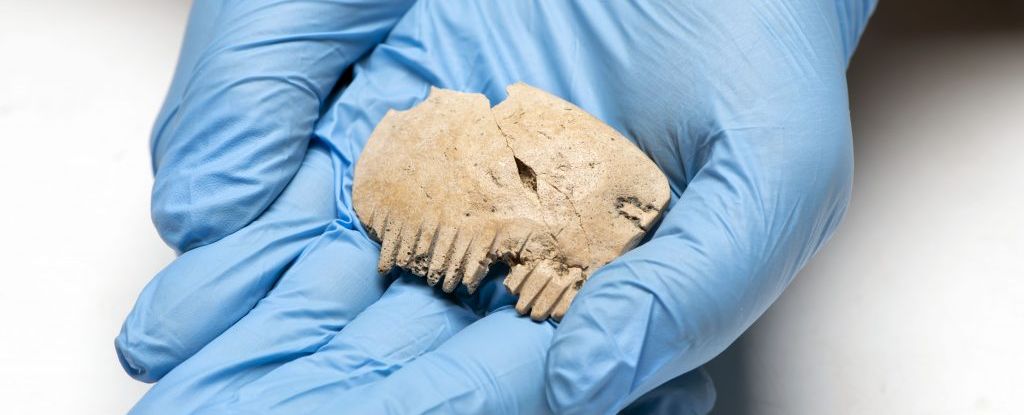
A peculiarly gruesome artifact has been uncovered during archaeological digs in England, hearkening back to long lost cultural practices that today we can only try to imagine.
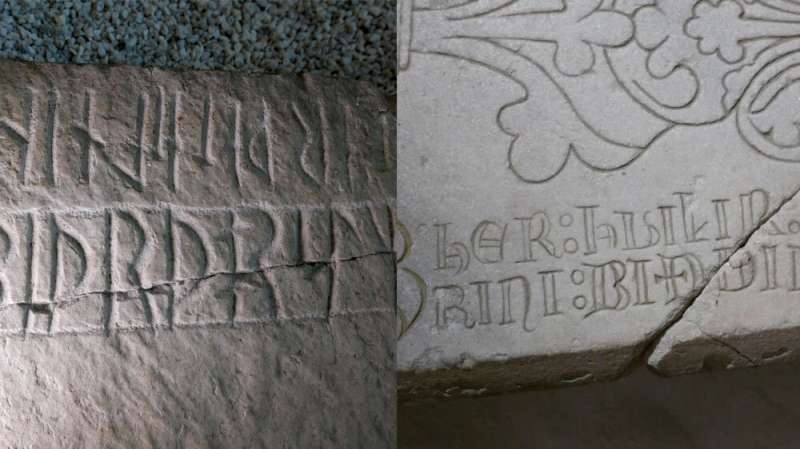
In the Middle Ages, the Roman alphabet and runes lived side by side. A new doctoral thesis challenges the notion that runes represent more of an oral and less of a learned form of written language.

Together, amino acids form proteins that play many vital roles in organisms. This new study was designed to help establish why a specific group of 20 ‘canonical’ amino acids is used again and again to build proteins when there are so many more of these amino acids to pick from.

Tiny traces of protein lingering in the bones and teeth of ancient humans could soon transform scientists’ efforts to unravel the secrets of the evolution of our species.
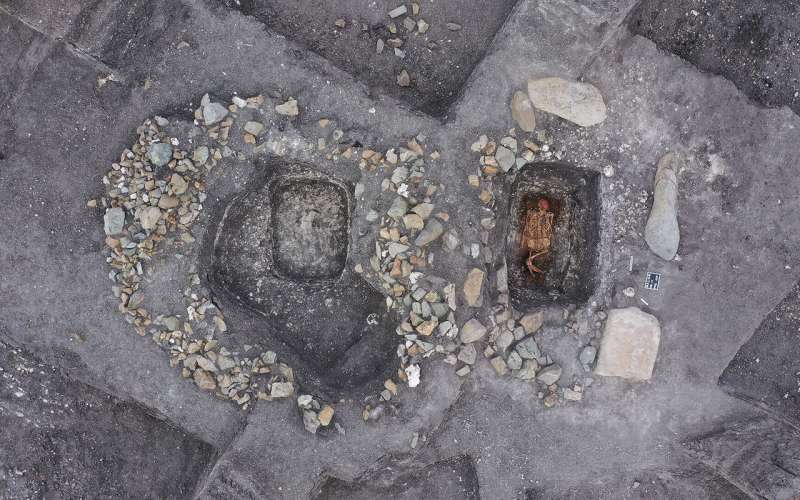
Researchers have discovered evidence of horse riding by studying the remains of human skeletons found in burial mounds called kurgans, which were between 4,500 and 5,000 years old.
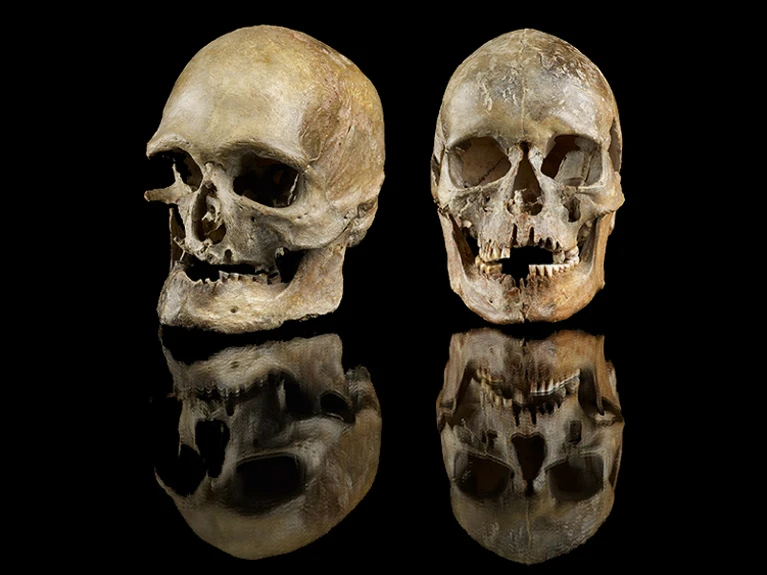
A pair of studies offer the most detailed look yet at groups of hunter-gatherers living before, during and after the last ice age.
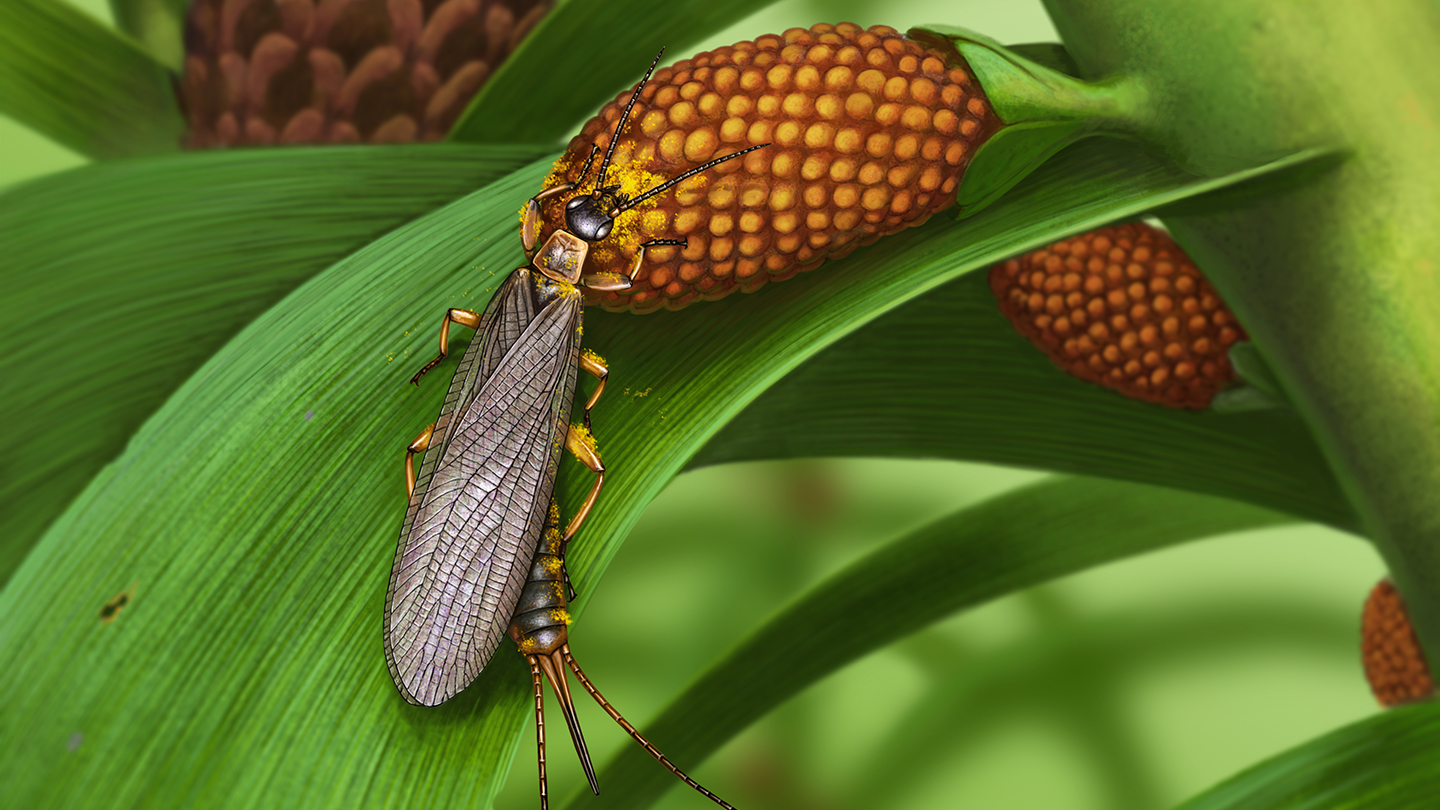
The oldest known fossils of pollen-laden insects are of earwig-like ground-dwellers that lived in what is now Russia about 280 million years ago, researchers report. Their finding pushes back the fossil record of insects transporting pollen from one plant to another, a key aspect of modern-day pollination, by about 120 million years.
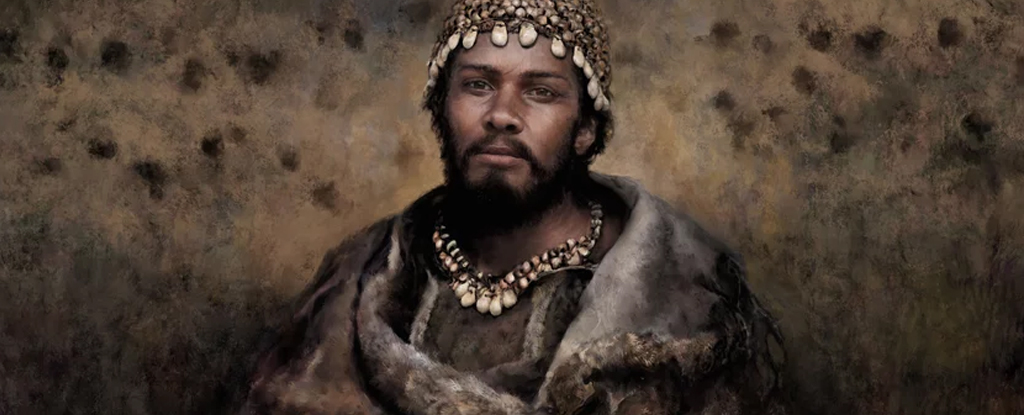
Hunter-gatherers took shelter from the ice age in Southwestern Europe, but were replaced on the Italian Peninsula according to two new studies, published in Nature and Nature Ecology & Evolution today.
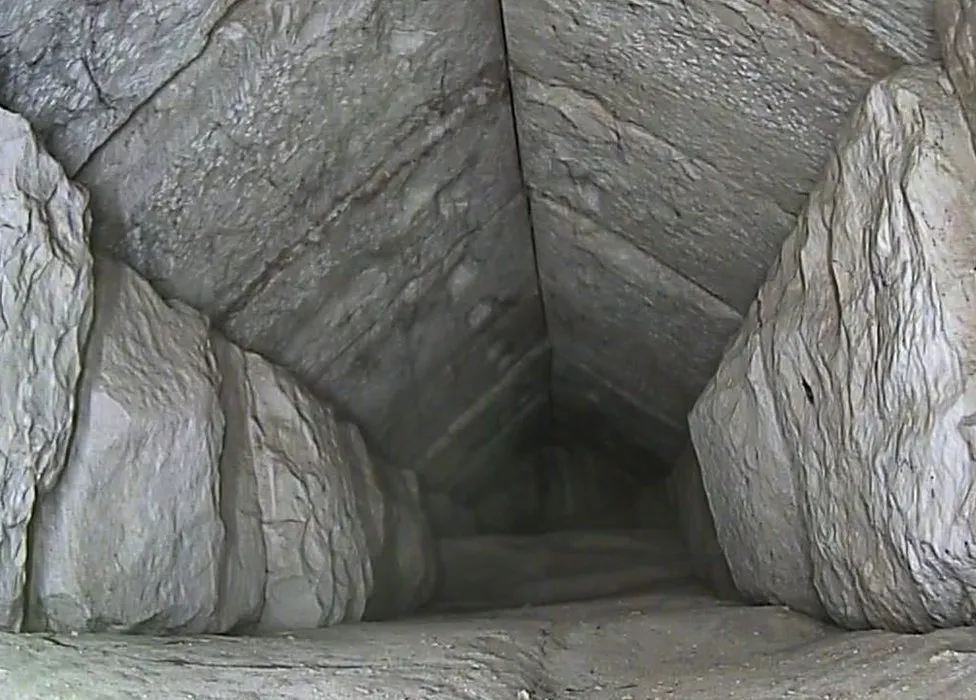
Egyptian antiquities officials say they have confirmed the existence of a hidden internal corridor above the main entrance of the Great Pyramid of Giza.





